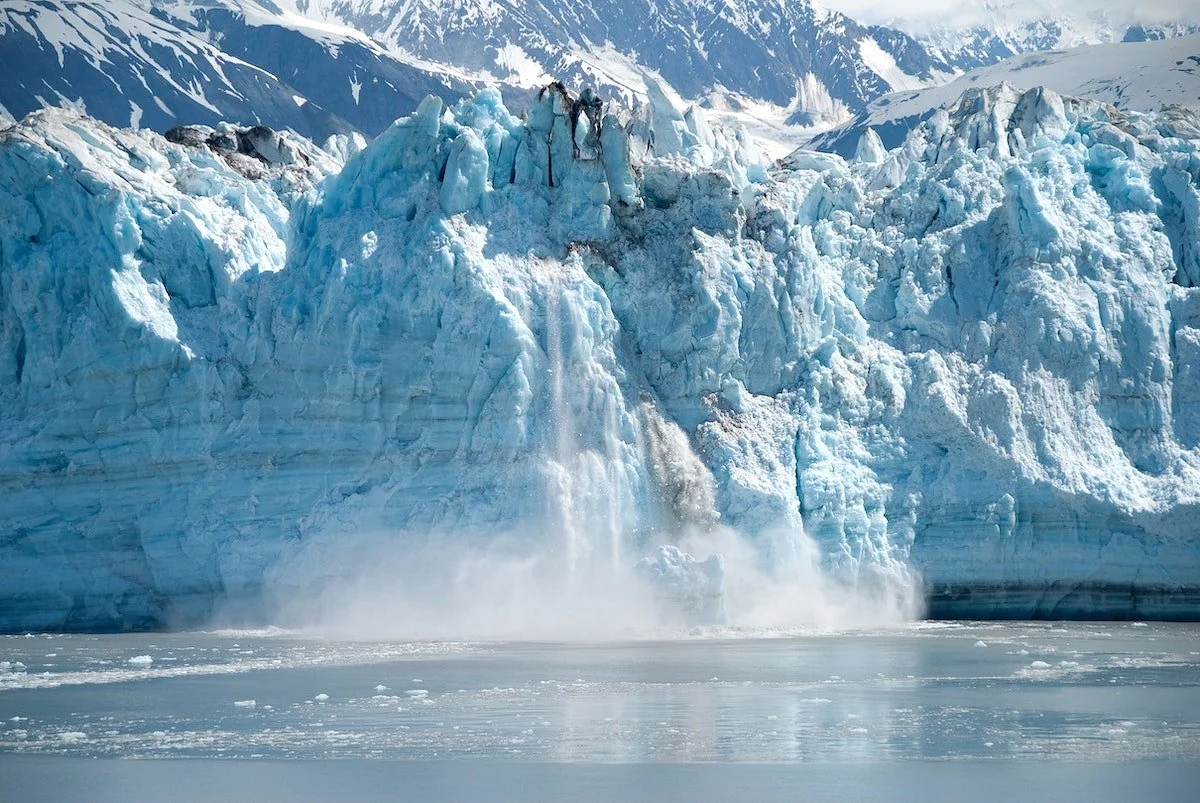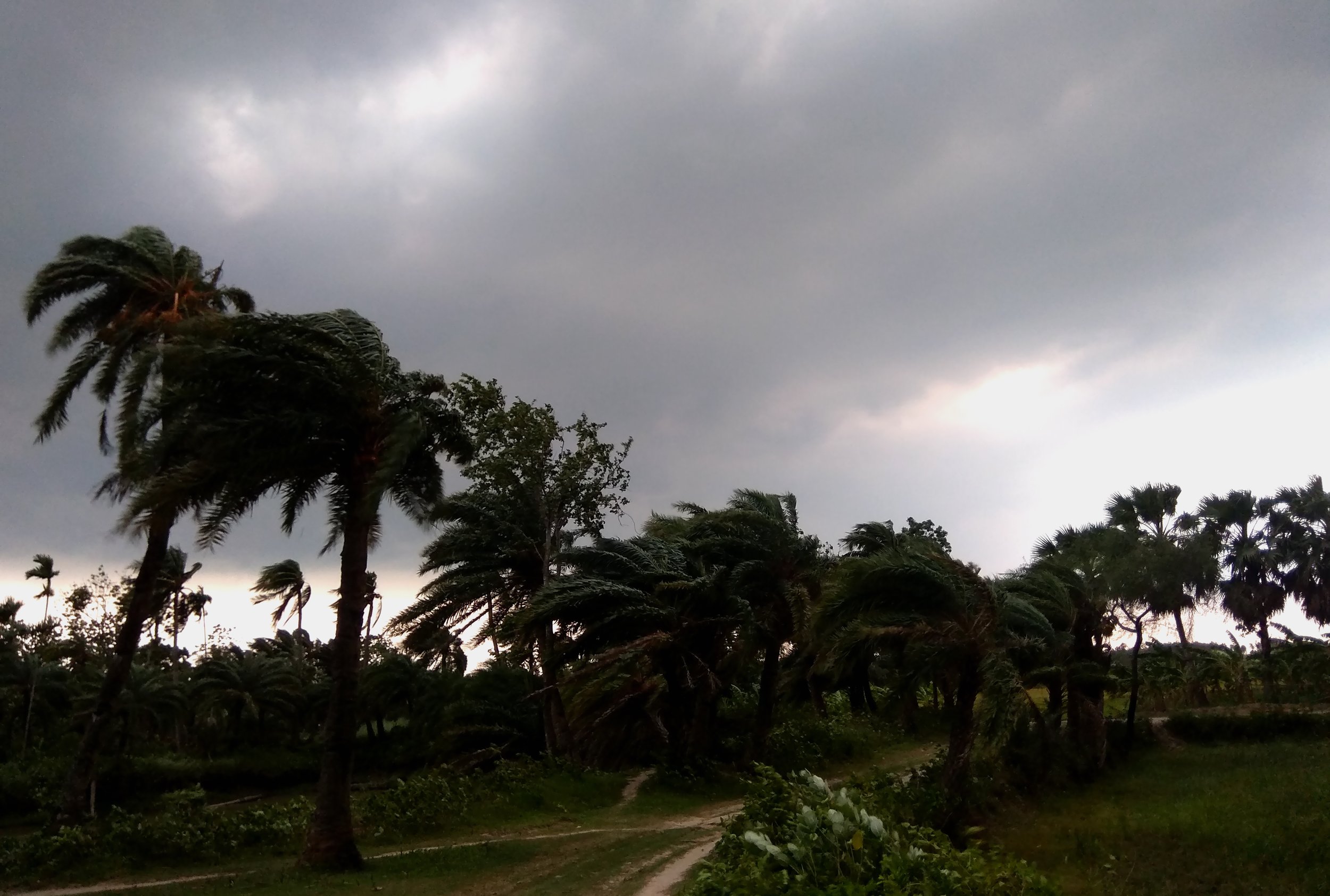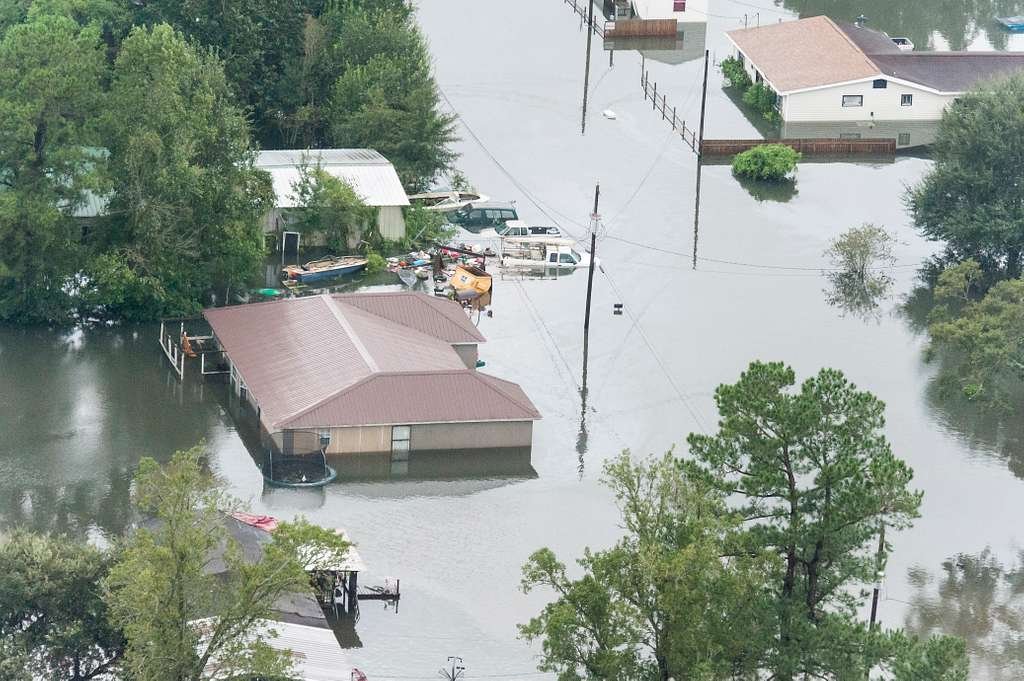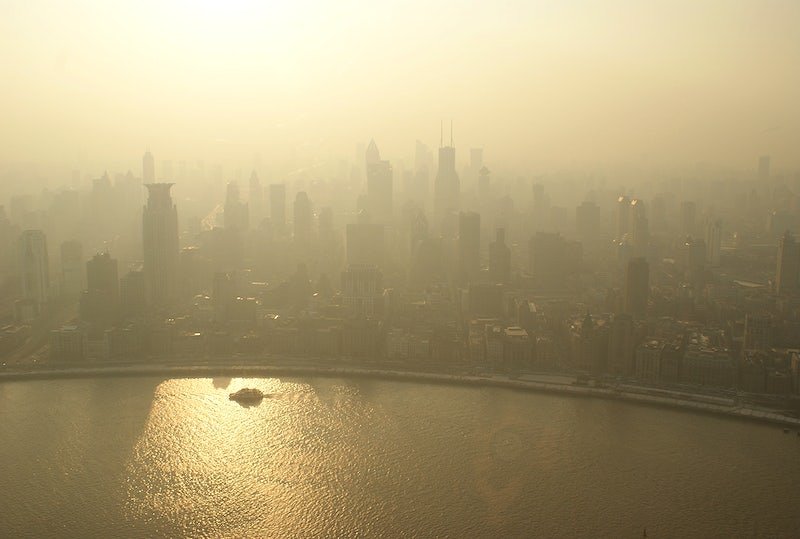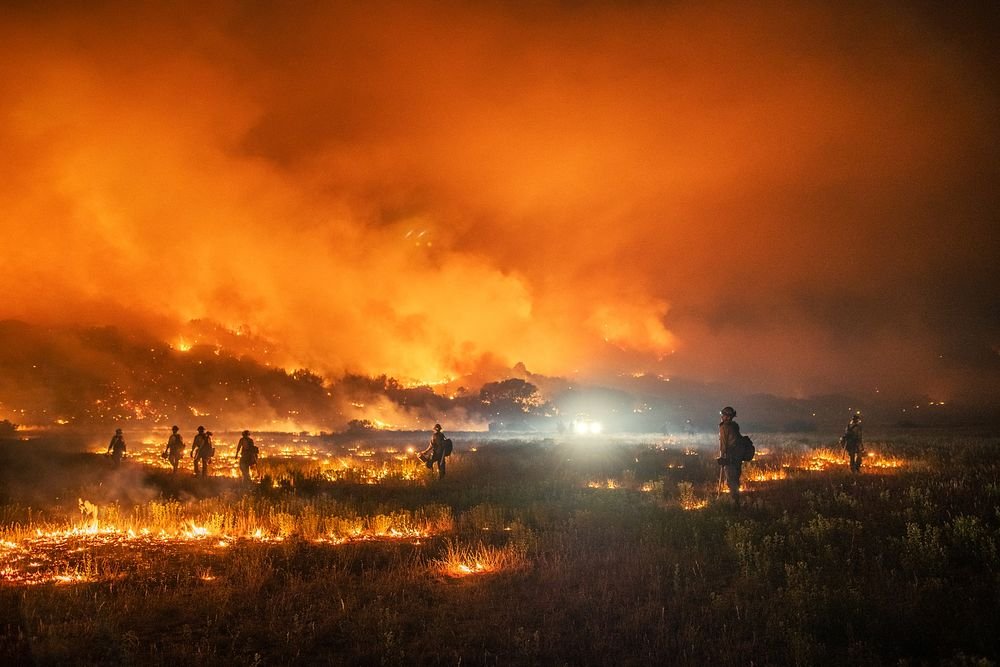Climate Adaptation and Resiliency
As we work to eliminate fossil fuel use and achieve net negative greenhouse gas emissions, we also need to prepare for the impacts of the climate crisis that cannot be avoided. No matter how quickly we reduce emissions, the impact of greenhouse gasses that have already been released into the atmosphere will continue to accelerate the climate crisis for decades to come.
Local governments have a responsibility to prepare for the impacts of the climate crisis by implementing strategies to become more resilient to anticipated changes, build infrastructure for projected local impacts of climate change, and ensure appropriate systems are in place to keep residents safe.
Climate Risk Assessment for Disaster Management
Local authorities can engage with different stakeholders to gather and use relevant information to develop adaptive and resilient plans for current and future climate impacts. To do so, policymakers can review climate adaptation frameworks to assess the most significant urban climate-related risks and vulnerabilities and set goals and strategies to protect their communities from future natural hazards.
Extreme Heat
By 2050, the average American will experience 27-50 days over 90 degrees each year. In many cities, these numbers will be even more severe. Local governments can and should take measures now to reduce temperatures by addressing the urban heat island effect while creating systems to keep residents safe during extreme heat events.
Over the past 100 years, global sea level has risen seven inches. Coastal towns and islands are particularly vulnerable to the impacts of flooding and rising sea levels. Local governments have a key role to play in protecting against the impacts of sea level rise, and incorporating adaptation in all planning and new development, as well as supporting residents who have been impacted.
Sea Level Rise
Storms/Precipitation
Climate change is leading to an increase in acute extreme precipitation events, as well as uneven and disruptive precipitation patterns over time. Hurricanes are also becoming more frequent and more severe due to a warmer ocean and atmosphere. Protection against these events are necessary for citizens and their homes and should be subsidized or provided by the local government.
Flooding
Climate change increases key drivers of flooding such as heavier precipitation, more frequent hurricanes, higher seas, and snowmelt. Floods are the second deadliest of all weather-related hazards in the United States, and cause vast property damage. Cities can reduce the impacts of flooding by ensuring infrastructure is built appropriately, while simultaneously creating systems to best manage flooding events.
Landslides/Mudslides
In addition to flooding, heavy precipitation also increases the risk of landslides and mudslides. Longer, more powerful wildfire seasons and rising sea levels also increase risk. As climate change accelerates these risk factors, cities need to understand their vulnerability to the impacts of land- and mud-slides and take steps to prevent and better respond to these events.
Air Quality
Air pollutants such as greenhouse gasses have been slowly contributing to the warning of the climate. Greenhouse gasses such as carbon dioxide, or methane, generally come from human-produced goods or machines such as cars. Cities and towns should be working to reduce the amount of gasses and other air pollutants that are released into the air. Local governments also should be working to adapt to how the air is changed because of these pollutants.
Drought
Climate change increases the odds of worsening drought. Severe drought can affect water supply, agriculture, transportation, energy and public health. Municipal governmental policy is key to saving lives, crops, and essential goods and services during drought conditions.
Hurricanes
Warming oceans caused by climate change are increasing the intensity of hurricanes and decreasing the speed at which they travel. Sea level rise also makes more communities more vulnerable to the impacts of hurricanes. To avoid the worst impacts moving forward, communities in both coastal and inland areas need to become more resilient and prepared.
Wildfires
Wildfire risk depends on a number of factors including temperature, soil moisture, and the presence of trees, shrubs, and other potential fuel. All these factors have strong direct or indirect ties to climate variability and climate change. Wildfires negatively impact public health, human infrastructure, and ecosystems.



